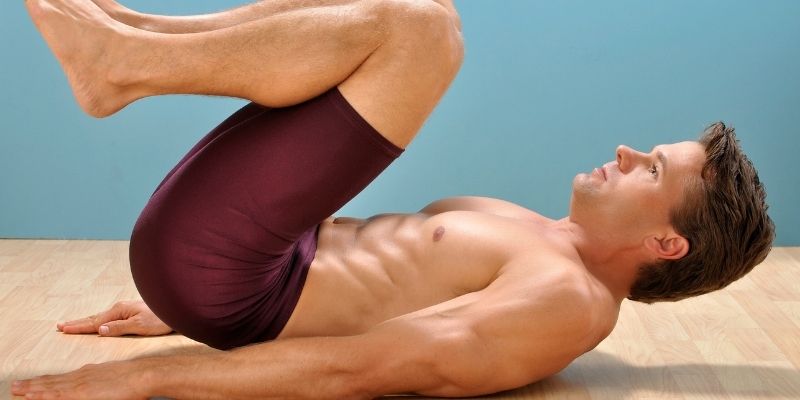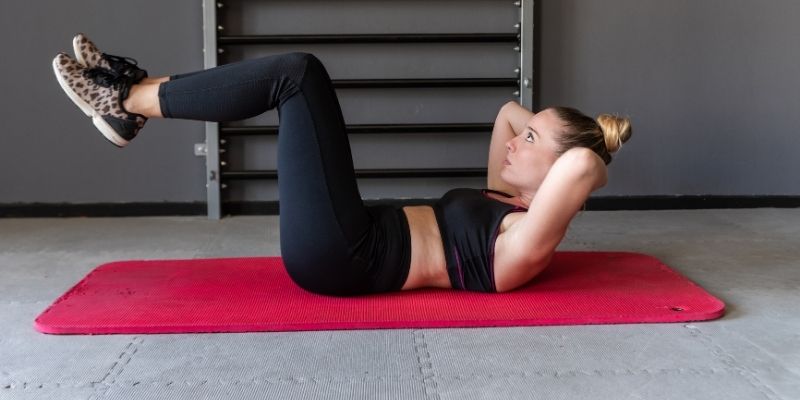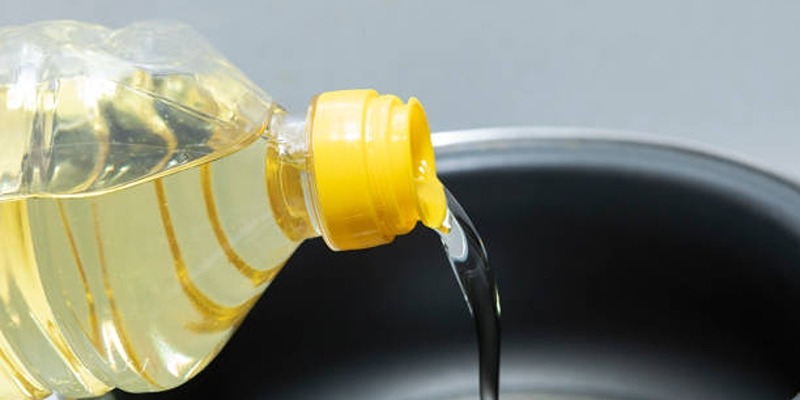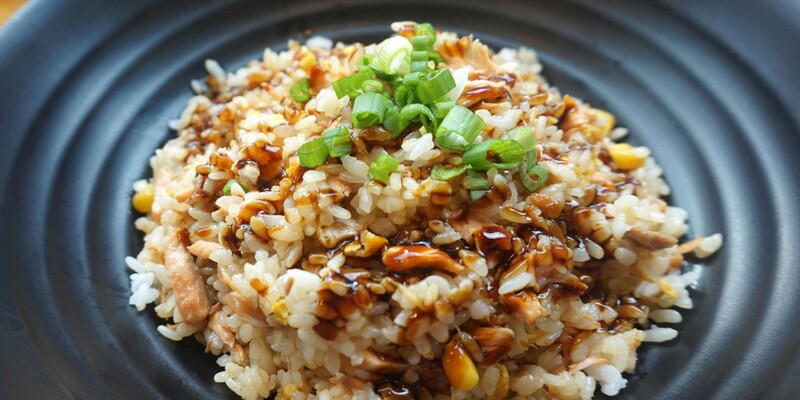People who seek a strong core perform crunches and sit-ups. These exercises focus on the upper abdominal muscles; therefore, they may not target the lower abs. Reverse crunches target the lower abdomen and strengthen the core, making them effective here. Reverse crunches are flexible and do more than look beautiful. It reinforces a balanced core. This exercise is easy to include in any training routine, requires few materials, and is suitable for all fitness levels. This thorough tutorial covers reverse crunches' benefits, proper execution, variations for various fitness levels, frequent faults, and how to include them in your workout.

What is a Reverse Crunch?
Backward crunches improve lower abdominal muscles. Traditional crunches include bringing the upper body to the knees. In contrast, the reverse crunch lifts the hips and pulls the knees to the chest. This unique technique separates the rectus abdominis, particularly the bottom section, and activates the hip flexors, making the muscles work harder. The reverse crunch is simple and requires no tools. It works on floors and other flat surfaces.
The reverse crunch may be modified to suit various fitness levels, either more authoritarian or more accessible. Newcomers can bend their knees, while more experienced users may straighten them for more extensive work. This makes the reverse crunch a terrific core-building exercise for beginners. This lower abs exercise is part of a well-rounded training routine that strengthens the core and exercises all abdominal muscles.
Why Do Reverse Crunches?
Backward pushups may improve your strength and body control. One of their finest features is targeting the lower abs, which typical ab exercises don't. Too many daily exercises emphasize upper abs, which may cause unequal core development. Reverse crunches work the lower body, creating a more rounded and attractive core. This balanced strategy improves muscular appearance and core strength for sports and daily life.
They're easy to perform anywhere with no particular equipment, so reverse crunches are fantastic. No weights or gear are needed for backward crunches. You may do them at home, the gym, or abroad. This makes following a training regimen easy and promotes regularity. Backward crunches are low-impact and ideal for lower back pain sufferers and fitness beginners. By strengthening the core without straining the spine, reverse crunches increase core stability. This improves posture, reduces injury risk, and improves performance in many physical activities. This exercise activates lower back and hip flexors, improving core balance and power.
Benefits of the Reverse Crunch
Backward crunches supplement your training in various ways:
- Backward crunches work the lower rectus abdominis, which is their finest feature. In this region, it is difficult to exercise conventional stomach workouts. Lower abdominal strength shapes the midsection and strengthens the core.
- Stability during physical activity requires a strong core. Reverse crunches use core muscles to improve strength and coordination. A strong core helps you stand straight and avoid injuries during exercise.
- Lower back discomfort may be relieved by core training, notably lower abs. A strong core stabilizes the spine, improving balance and reducing lower back tension. Backward crunches and other core-strengthening exercises help many back pain sufferers.
- Most physical activity needs strong core muscles; therefore, athletes and fitness enthusiasts need them. By strengthening, stabilizing, and coordinating your core, reverse crunches may improve your athletic performance.
- Reverse crunches work hip flexors, improving flexibility. Tight hip flexors ache and impede mobility. But working them out with reverse crunches helps keep you flexible.
- Reverse crunches are for all fitness levels. Beginners may use reduced versions, while more experienced users can increase force or make the workouts more challenging. Because of its versatility, reverse crunches are perfect for all fitness levels.
- There is no localized fat loss. With a nutritious diet and regular exercise, core-strengthening exercises like reverse crunches may help you shed weight

How to Perform the Reverse Crunch Correctly
Proper technique helps you get the most out of backward pushups and avoid injury. Steps to accomplish the reverse crunch correctly:
- Starting point: Start by laying on your back on a flat mat or exercise board. Keep your body straight and calm. Hands: Put your hands at your sides or under your hips for stability. Leg Position: Lift your feet and bend your knees to straighten your legs and keep your shins flat. Start here.
- Use your core: Pulling your belly button back works your core. This exercise stabilizes hips while moving.
- Raise hips: Take a deep breath before moving. Take a breath and raise your hips, bringing your knees to your chest. Do not move or swing your legs to elevate your hips. Instead, work your core.
- Top stop: At the peak of the action, your knees should be close to your chest and your hips elevated. Stay in this stance and squeeze your abs to work them harder.
- Lower Your Hips: Keep your balance as you slowly drop your hips to the start. This is a controlled descent. It would help if you didn't stand till the set is done. Release your breath as you drop your hips and return to the start.
- Repeat: Do Repetitions: Focus on form and control for 1015 repetitions throughout two to three sets.
Reverse Crunch Variations:
Try these reverse crunch variations to spice up your exercises and prevent boredom:
Turn and twist the crunch.
Start with a reverse crunch, then rotate your body and pull your knees to one side as you elevate your hips. The oblique muscles and core work harder in this variation.
Heavy Backward Crunch
Hold a light dumbbell or medicine ball between your knees or feet for a more brutal reverse crunch. This weight makes it difficult and builds muscle.
Reverse Crunch with Stability Ball
How to: Lay on your back with a support ball beneath your feet. As you elevate your hips, roll the ball to your chest. This version requires core stability and control.
Exercise bench reverse crunch.
Lay back on an exercise bench and grab the sides for support. The reverse twist involves hanging your legs over the edge and lifting your hips while maintaining your legs straight. This variant is more challenging since it has more motion.
One-Leg Reverse Crunch
Lift one knee to your chest while keeping the other straight for the reverse crunch. This replaces pulling both knees simultaneously. Switch legs between repetitions to test your stabilizers.
Avoid these common mistakes:
Minimize these blunders to maximize backward crunches and minimize injury:
- Avoid leg swings and hip lifts. Use controlled motions to work the stomach.
- Maintain a straight back during the exercise. Arching your lower back hurts and reduces performance. Keep hips tucked and core active.
- Do backward crunches without touching the ground between sets. Raise your legs to tighten your abs and improve your exercise.
- Any exercise requires good breathing. Breathe freely. Instead, breathe out as you raise and in as you drop your hips.
- Avoid trying to raise your hips high. Instead, bring your knees to your chest. Lifting too much might damage your lower back and reduce workout effectiveness.
Conclusion
The reverse crunch simultaneously works your lower abdominals, hip flexors, and stabilizing muscles. The reverse crunch is a unique core workout. It strengthens your core, improves athletic performance, and reduces lower back discomfort. Incorporating backward crunches into your workout will strengthen your core and improve your health. Start with the appropriate form, avoid frequent faults, and add more complicated variations as you strengthen. No matter your athletic experience, reverse crunches may help you attain your fitness objectives and strengthen your core. Enjoy growing stronger and healthier with this activity.







